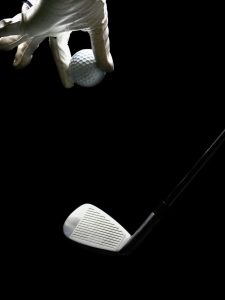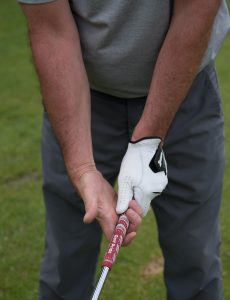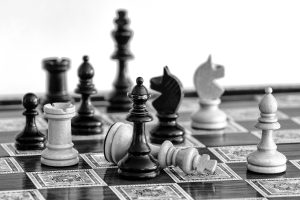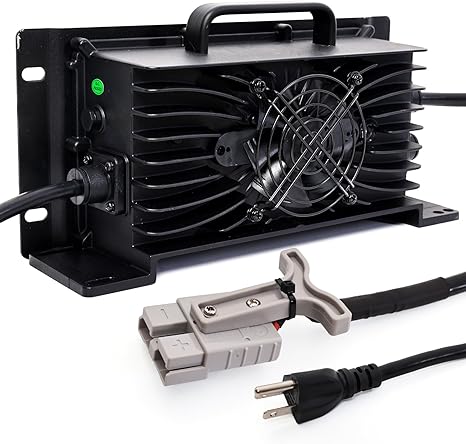In chess, picking the best next move is important. Whether you are new to chess or have played for years, it’s key to pick the right move. But how do you know what that move is? Should you focus on tricks, or think about your plan for the game?
The best move depends on many things, like where your pieces are and what your opponent is doing. A good move early on might not work later in the game. It’s important to look at the board carefully and find the best choice.
In this article, we will show you how to look at the board and find the best move. You will learn how to spot helpful tricks, like forks, pins, and attacks. We will also help you improve how you make decisions and avoid mistakes that can ruin your game.
By the end, you will know how to think about the board and choose your best move with BLOG BUCKS PRO
1. How to Analyze and Predict the Best Next Chess Move

When deciding your next move in chess, it’s important to carefully analyze your position. You should start by looking at the entire board. Check if there are any immediate threats or if your opponent is about to make a strong move. For example, is there an opportunity for them to capture one of your pieces?
Once you have a clear view of the threats, begin searching for tactical themes. Look for forks, pins, skewers, and discovered attacks. These are powerful tools that can help you gain an advantage.
Also, think long-term. Are there ways you can improve the placement of your pieces? Consider how controlling key squares—like the center—can benefit your game.
Finally, consider the phase of the game. If it’s the opening, your goal should be to develop your pieces and control the center. In the endgame, focus on king safety and simplifying the position when possible.
2. Top Strategies to Find the Best Next Chess Move in Any Situation

Finding the best next move in any situation can be tricky. Here are a few strategies that can help guide you through the process:
- Develop your pieces early: One of the most important things to do early in the game is to get your pieces out from their starting positions. If you leave your pieces on the back rank for too long, you might get stuck in the midgame with poor positioning and no options to attack.
- Centralization: Always aim to place your pieces in the center of the board. The center gives your pieces more control over the game and allows for greater flexibility in future moves. Pieces in the center are usually more powerful.
- Avoid blunders: Before you make a move, ask yourself a few questions. Is there a check or capture I’m missing? Is my opponent threatening something important? Always look for immediate threats, both to you and your opponent, before making a move.
- Opponent’s moves matter: Don’t just focus on your next move. You need to be aware of what your opponent is doing, too. Think about their plans and how you can counter them. This will help you avoid falling into traps or making weak moves that leave you vulnerable.
3. Common Mistakes to Avoid When Choosing Your Best Next Chess Move

Many chess players make the same mistakes over and over again. Avoiding these pitfalls can make a huge difference in your game. Here are some common mistakes to watch out for:
- Not considering your opponent’s threats: It’s easy to get caught up in your own plans, but you must always think about what your opponent is doing. Are they threatening your pieces or planning something dangerous? Ignoring their moves can lead to big mistakes.
- Moving too fast: Rushing to make a move without thinking it through is a classic blunder. Always take your time to analyze the position. Ask yourself if your move is safe and if it helps your overall strategy.
- Ignoring tactical patterns: Chess is full of tactical patterns, like forks, pins, and skewers. Sometimes players overlook these patterns and miss an easy win or a trap. Always scan the board for these opportunities.
- Sticking to a plan too rigidly: It’s important to have a plan, but don’t stick to it so rigidly that you miss other opportunities. Be flexible and adapt to the changing dynamics of the game.
Remember, everyone makes mistakes! The key is to learn from them and not let them ruin your game. Keep practicing, and you’ll start making fewer of these errors.
FAQS
1. How can I improve my ability to find the best next move in chess?
Improving your ability to find the best next move comes down to practice and understanding key principles of chess. Focus on tactics, such as forks, pins, and skewers, and learn to spot these patterns in different positions. Additionally, study openings to get a good start and understand basic endgame principles. Consistently analyzing positions during and after your games will also help you improve your decision-making over time.
2. What tools can help me identify the best next move during a game?
There are several chess tools and apps that can help you find the best next move, especially when practicing or analyzing. Chess engines like Stockfish or Leela Chess Zero can evaluate positions and suggest optimal moves. Online platforms like Chess.com and Lichess also feature AI-driven move recommendations and puzzles to help sharpen your skills.
3. Are there any quick tips to spot the best next move?
Yes! Here are a few quick tips:
- Check for threats: Always look for immediate threats to your pieces and check if your opponent can make an unexpected move.
- Look for tactical patterns: Identifying forks, pins, and skewers can lead you to tactical advantages.
- Control the center: Central squares are key for both offense and defense, so aim to control them early on.
- Think about piece coordination: Are your pieces working together, or are they isolated?
4. What is the best move in algebraic chess notation?
The “best move” in algebraic notation depends entirely on the specific game and position you’re in. Algebraic notation is a standardized way of recording moves (e.g., “e4” for moving the pawn to e4). The best move varies based on the situation, so there isn’t a universally “best” move in algebraic terms—it’s all about context.
5. How does the queen move in chess?
The queen is the strongest piece. It moves any number of squares, in any direction—left, right, up, down, or diagonally. But it can’t jump over pieces and is blocked by them.
6. How do each chess piece move?
Here’s a brief overview of how each piece moves:
- Pawn: Moves one square forward, but captures one square diagonally. On its first move, it can move two squares forward.
- Rook: Moves any number of squares vertically or horizontally.
- Knight: Moves in an L-shape—two squares in one direction, then one square perpendicular. Knights can jump over other pieces.
- Bishop: Moves any number of squares diagonally.
- Queen: Combines the movement of the rook and bishop, moving any number of squares in any direction.
- King: Moves one square in any direction, horizontally, vertically, or diagonally. The king also has a special move called castling.

















